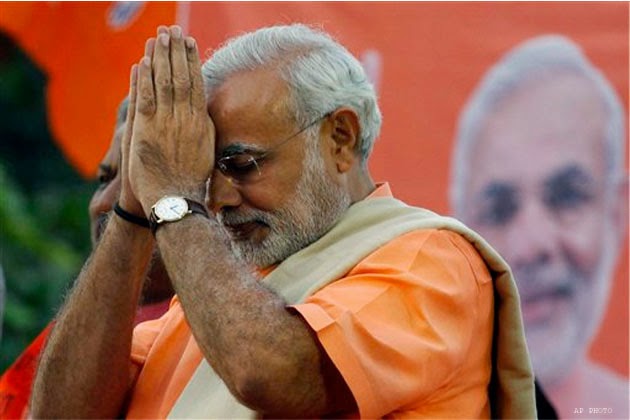Recalibrating the Governance

As Narendra Modi takes over the reins of the government, the new Prime Minister will be expected to present his agenda of change and development. He will be presiding over a government of a nation that has pinned high hopes on his leadership. The incumbent government will be faced with daunting challenges like delivering a bold economic programme that will improve GDP growth and cut down on inflation, reforms in education, better healthcare, emphasis on scientific, ecologically-responsible farming, and better support for farmers; modernization of the armed forces, equitable and inclusive growth. All this depends on making the process of governance transparent and more accountable. This requires re calibration of governance mechanism in which the executives – both ministers and the bureaucracy – should not be able to shirk their responsibilities. The new style of functioning should be bold enough to own up the mistakes rather than blaming others for failure. The reported mov



